‘The mountains are calling and I must go’ – John Muir
Kilimanjaro or Everest Base Camp? Whilst there are many other amazing hikes out there- some as popular, some less so but cheaper- it is important to acknowledge that these rank as two of the best mountain treks in the world for a reason. As a result, despite how incomparable they are in many ways, the question of which one to undertake often arises.
The obvious answer is ‘do both!’, but this is not often the easy answer, as they are once in a lifetime experiences with a price tag. When I booked Kilimanjaro, I never imagined I would or could do Everest Base Camp a year after. So I did a lot of research before opting for Kilimanjaro, and as I have often been asked my thoughts on the two experiences, I have put together some points to consider if you are deciding between them.
Challenge
Timeframe
Experience
Scenery
Before/after
Cost
Overall
CHALLENGE
There is more to the challenge than simply reaching the ‘goal’ of EBC or the summit of Kilimanjaro shown in these photographs, as you will realise when you embark on your trip. However there are some points you can consider beforehand.
What is harder?
Neither require climbing skills, hence another reason for their popularity. For me, Kilimanjaro was physically harder. You ascend at altitude over a shorter period of time, meaning altitude sickness and lower success rates (as low as 60%) are common. Summit night (unless you daytime summit for example on the Lemosho route), is a 6-8 hour 1200m ascent at around 12am. There can be adverse weather conditions, and then you have to descend nearly 2400m to camp that night with just a short break at base camp. Part of the way is on slippery spree; an absolute treat when exhausted and potentially slightly delusional from the altitude. I struggled with the altitude more so on this trip. I do not know whether this was because it was my first time at altitude, the quicker ascent or simply fluke.
That is not to say the day you trek to EBC itself is not tiring, and reaching Kala Paathar the morning after Base Camp can be taxing. EBC is longer at 12 days on average, whereas with Kilimanjaro you quickly ascend and descend again within 5-8 days. This makes EBC a challenge as you do need to acclimatise and stay at altitude, what takes a toll on your body and tests the ability to manage any mild altitude issues. However it also means you have longer to adjust, and whilst success rates should always be taken with a pinch of salt, overall they are much higher recorded at around 90%.
Going with a reputable company can help, especially for Kilimanjaro where success rates seem to vary wildly.
my thoughts on diamox
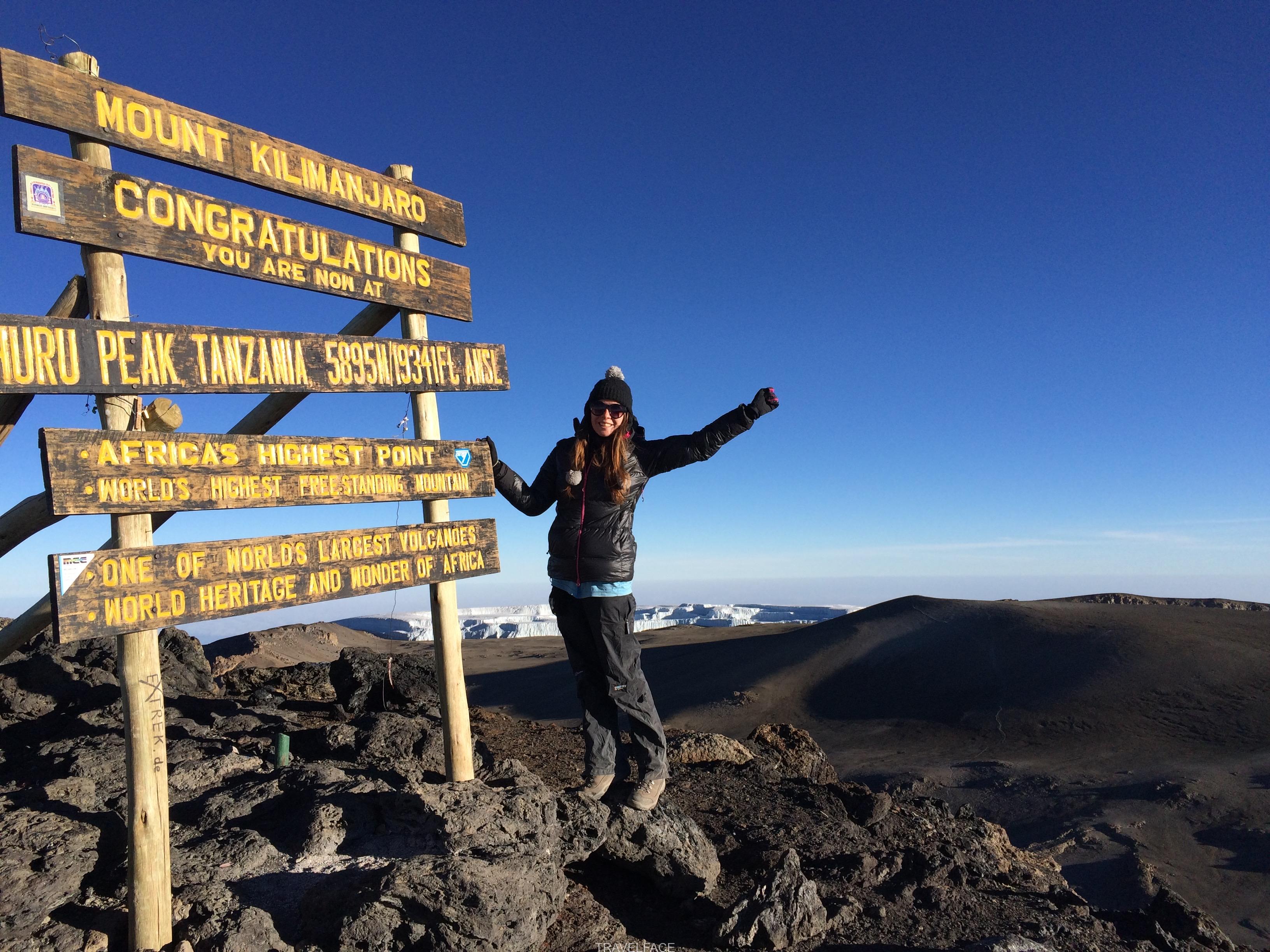
What do you want to achieve?
I am surprised when I get blank stares correcting people that no I did not trek another 3000m to the top of Everest (this would involve more time, training and definitely money), but Base Camp. And no, Base Camp was not a merry walk at sea level, but only 500m lower in elevation that Kilimanjaro’s summit, making it a 12 day trek at altitude with plenty of steep inclines.
For some, the goal is to conquer a summit. If you want this then Kilimanjaro is for you. I would say both are mental challenges and are about the overall journey, but arriving at EBC itself can feel a bit of a anti-climax (although amazing nonetheless), due to the experiences throughout. Whereas the climax of Kilimanjaro is summiting at sunrise.
Both offer unexpected achievements and realisations that you cannot always plan for. At times simply continuing is an achievement.
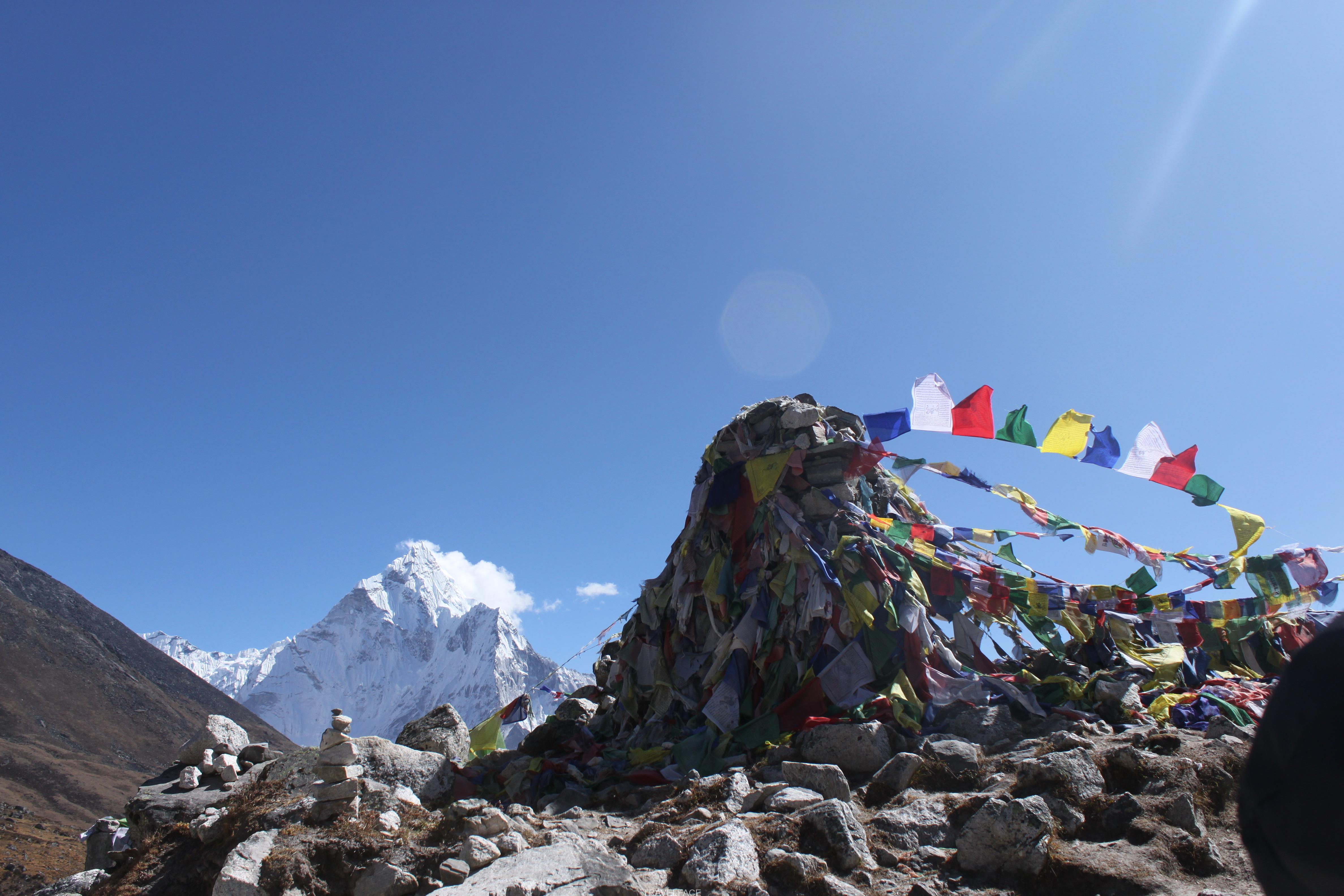
TIMEFRAME
How long do you have?
It is important to factor a couple of days before and after both challenges as a minimum. You can climb Kilimanjaro in as little as 5 days as there are several different route options, although ideally you will do it in 7+ days to increase chance of summit success and to reduce chance of injury.
Everest Base Camp has one route up and down unless you decide to go further, such as back via Gokyo lake. On average it can be done in 12 days. As mentioned above a longer time frame has pros and cons. You will have longer to adjust to the altitude and to enjoy the overall experience, but this can increase the toll on your body.

EXPERIENCE
Do you want to camp or stay in teahouses?
Okay so this is not strictly the rule, as World Expeditions has campsites on the EBC route. You may also see the odd tent, but generally speaking you stay in teahouses during the trek. This means a bed, a choice of food, running water, a short period of electricity and warmth; to list a few luxuries.
In comparison unless you do the Marangu route where you stay in the lodges, you camp on Kilimanjaro. Food can still be impressive if you are going with porters, and you can give dietary requirements before you go. Whereas food requirements can be harder to navigate around on the EBC.
Standard to good camping norms apply: you wash with a bowl of water in the morning to wash, use the public drop toilet or opt for a company that includes a toilet tent, and bring the right equipment for light, power and warmth.
I enjoyed the different experiences. It may have helped that I had a tent to myself during Kilimanjaro as I was the only girl in my group. Unzipping it to view a sea of tents and the ocean of clouds, often accompanied by an epic sunset and sunrise each day, was amazing. Sometimes colder than camping, the teahouses are unique to Nepal. I found it much easier to mix with other groups this way, compared to camping in designated spots with my Kilimanjaro group.
Do you want a cultural experience?
Staying in teahouses, experiencing the wonders of Namche Baazar, wandering through villages; past locals, stupas, prayer rocks, flags and wheels, watching a Buddhist ceremony, avoiding the singing yak trains, and eating in the bakeries are some activities that make the EBC more than simply a hike through one of the most majestic regions on the planet.
EBC offers a glimpse into the diverse Himilayan culture that lived and breathed long before you arrived and will long after you leave. Your guide and sherpas can also provide a wealth of knowledge on their own lives, religions and other aspects of Nepalese culture.
Whilst your guides and porters will also give wonderful insights into their diverse lives in Tanzania, the climb to Kilimanjaro is based around summiting, staying in campsites and observing the changing landscape. Trekking in the Himalayas is the epitome of cultural mountain experiences and eclipses Kilimanjaro in this sense.
Both have high traffic, so you will not be alone. If this is not for you go off-season. Alternatively consider Nepal’s Annapurna circuit, Island Peak (if you have basic mountaineering skills) or add Gokyo Lake to your EBC trek. Consider Mount Meru in Tanzania.
SCENERY
Kilimanjaro offers:
Four climatic zones (five including the farmland you drive through) with distinct changes to fauna and landscape. These are: rainforest, heath/moorland, alpine desert and artic. You are soon above the clouds with only Meru peaking its summit through the clouds. Once you hit the alpine desert it is as if you are on the moon, with only the barren enormity of the mountain in sight. The only signs of civilisation are passing groups, porters, and the campsites that fill and empty each day.
I loved trekking through the varied landscapes and felt that despite the camps’ increasingly unsustainable sizes, the impermanency of them prevented Kilimanjaro from being too tamed.
EBC offers:
I have mentioned the cultural and religious sights that dot the landscape. You are not just trekking to EBC, you are engulfed by the surrounding snow-capped peaks, waterfalls and passing clouds. There is beauty everywhere. Everest’s summit visually pales in comparison to some of its more distinct neighbours, what offer an allure to return to the region. The scenery never fails to bring joy every time you look up. We often felt the need to stop to take in the sheer sublimity of what surrounded us. Often it took any last breaths and negative thoughts away.
There is allusive wildlife to spot on both routes. We saw various birds and deer during the EBC, along with donkeys and yaks of course. I saw monkeys in the rainforest during descent from Kilimanjaro.
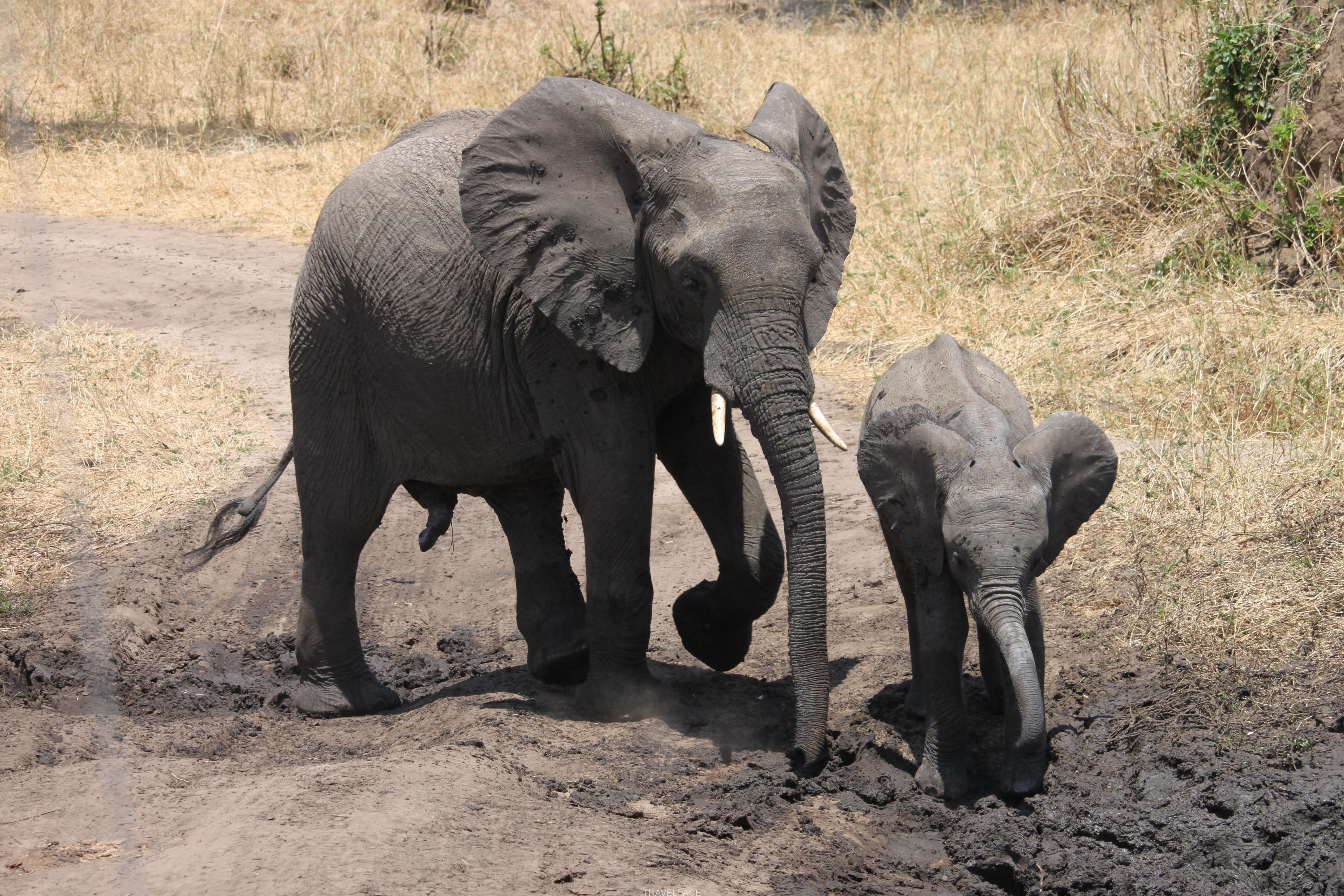 BEFORE/ AFTER
BEFORE/ AFTER
How do you want to spend the rest of your trip?
Unless you are on a longer trip (then amazing- lucky you!), it is worth considering how you can utilise the precious time off work, recover and to get a sense of the country you are visiting beyond the hike.
Kilimanjaro’s bonus is that it slightly shorter to complete. As a result many add on excursions, such as a safari and/or a trip to Zanzibar. My trip was just over two weeks and I did a two day safari before the climb, then spent five days in Zanzibar afterwards, visiting Stonetown and spending some time at the beach.
Most EBC trips are around 16 days. Companies often include a whistle stop sightseeing tour of Kathmandu before the hike to EBC. My trip cost also included three days in Kathmandu when I finished. I spent this showering, hanging out with my group, lounging in the hotel and exploring the backpacker’s maze of Thamel. I did not have time to go elsewhere, but others visited Pokhara and Chitwan National Park.
It may help to consider what else you might want or can explore in your timeframe. Nepal and Tanzania offer various options dependable on budget.
My time in Zanzibar
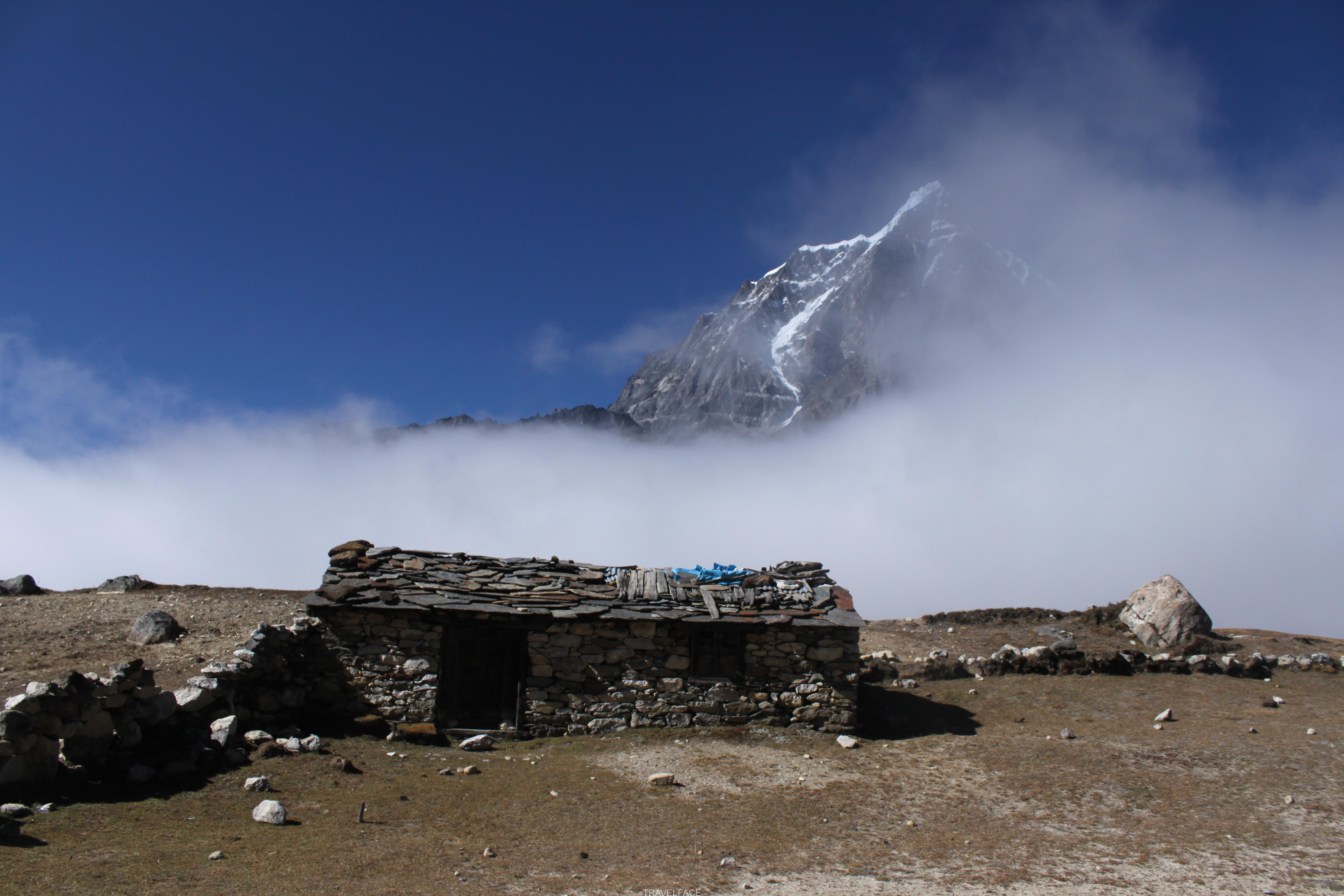
COST
Talking of budget- do a price comparison if you are still unsure! Remember to factor in gear costs, visas, insurance and flights. Whilst you can tailor your trip to meet your needs, EBC was cheaper for me. I found that the local companies were price competitive and cheaper in general. All were around £1300 for a fairly decent all-inclusive deal. Adding in flights, insurance and spending money, I spent around £2500.
Tanzania cost me nearly double this on estimation. For Kilimanjaro, prices I researched varied from £15oo – £3000 on average. I went with a local company that was part of KPAP (Kilimanjaro Porters Assistance Project). They charged for gear loan, and offered the luxury of a toilet tent at camp. These factors pushed the price up slightly to around £1750.
Extra costs included buying some gear that I used again for EBC, tips, and the trips I took before and after. Going on safari and flying to Zanzibar (due to my limited time frame), were worth it but did dent my bank balance significantly in comparison to spending a few days in Kathmandu. If I had longer in Nepal I would have obviously travelled around and as a result spent more.
This is my personal experience, so you may find it varies for you. Both hikes can be done significantly cheaper or at a much greater cost.
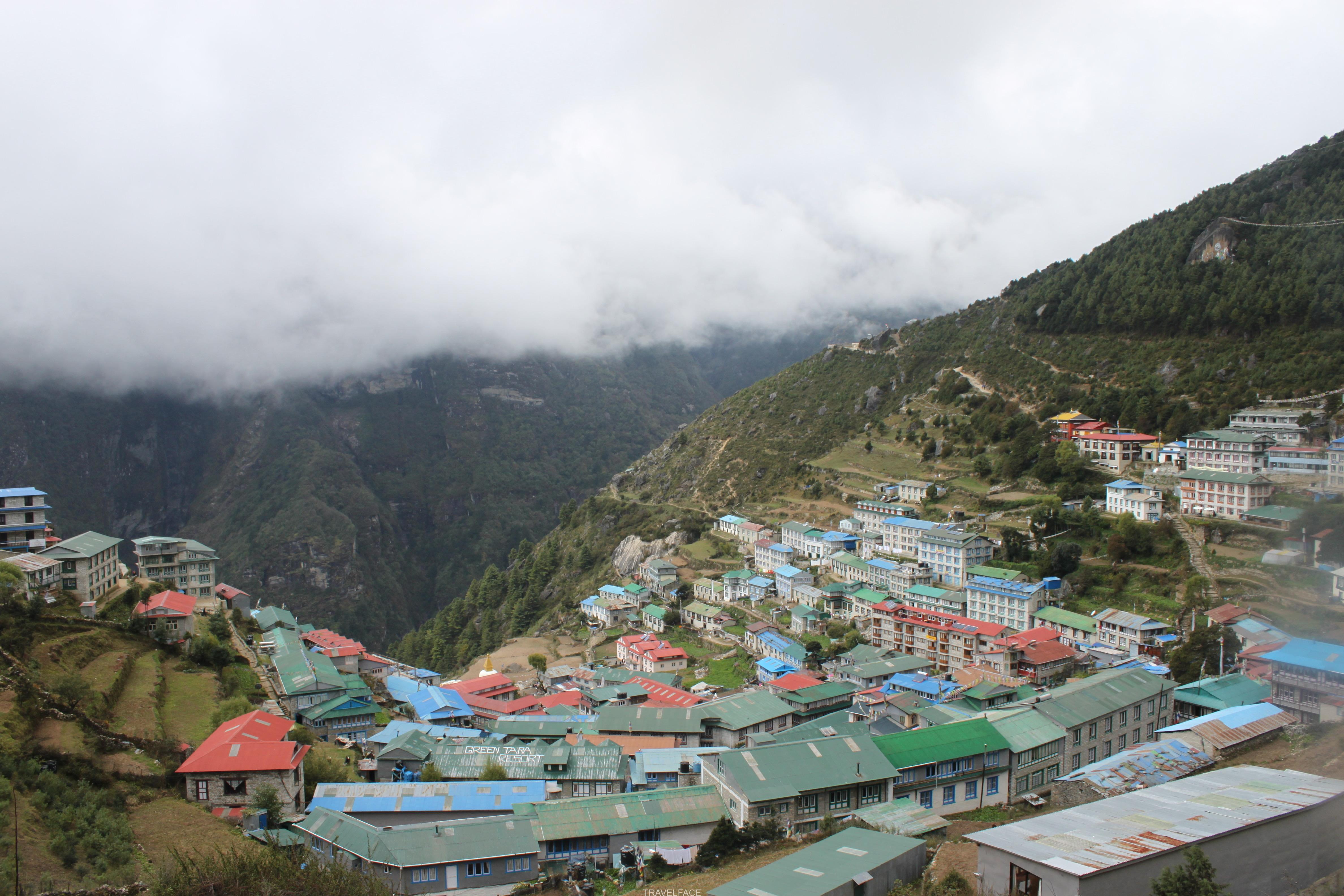
Overall
Incomparable as they are, trekking to EBC and climbing Kilimanjaro share common ground. They offer unique, but accessible experiences. At times they are incredibly mentally and physically challenging but rewarding in so many ways, regardless of whether you make it to the ‘end’ goal. Whilst they may have a lot of traffic and can be costly, it is worth it.
There is no right or wrong choice, but I hope the above points are useful. I enjoyed them for different reasons and hesitate to say which one I would repeat if I could. Although summit night of Kilimanjaro is not something I would easily say yes to again! Both came at the right time for me in terms of what I gained from each experience.
i would definitely return to nepal.
in my opinion the HIMALAYAS is a region that leaves a lasting spiritual, cultural and visual mark.

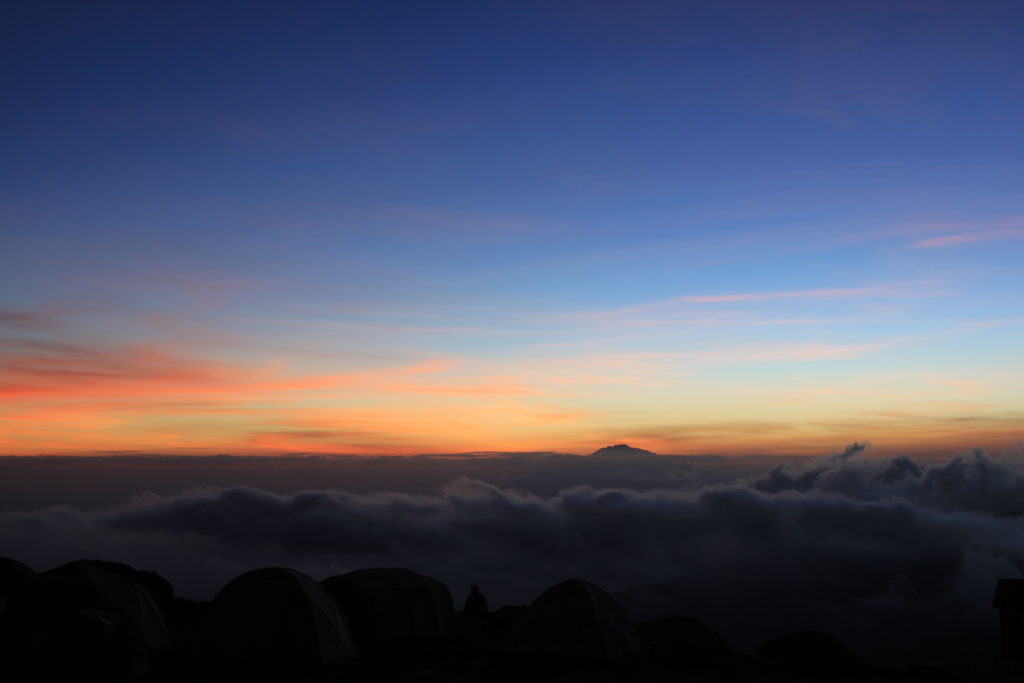
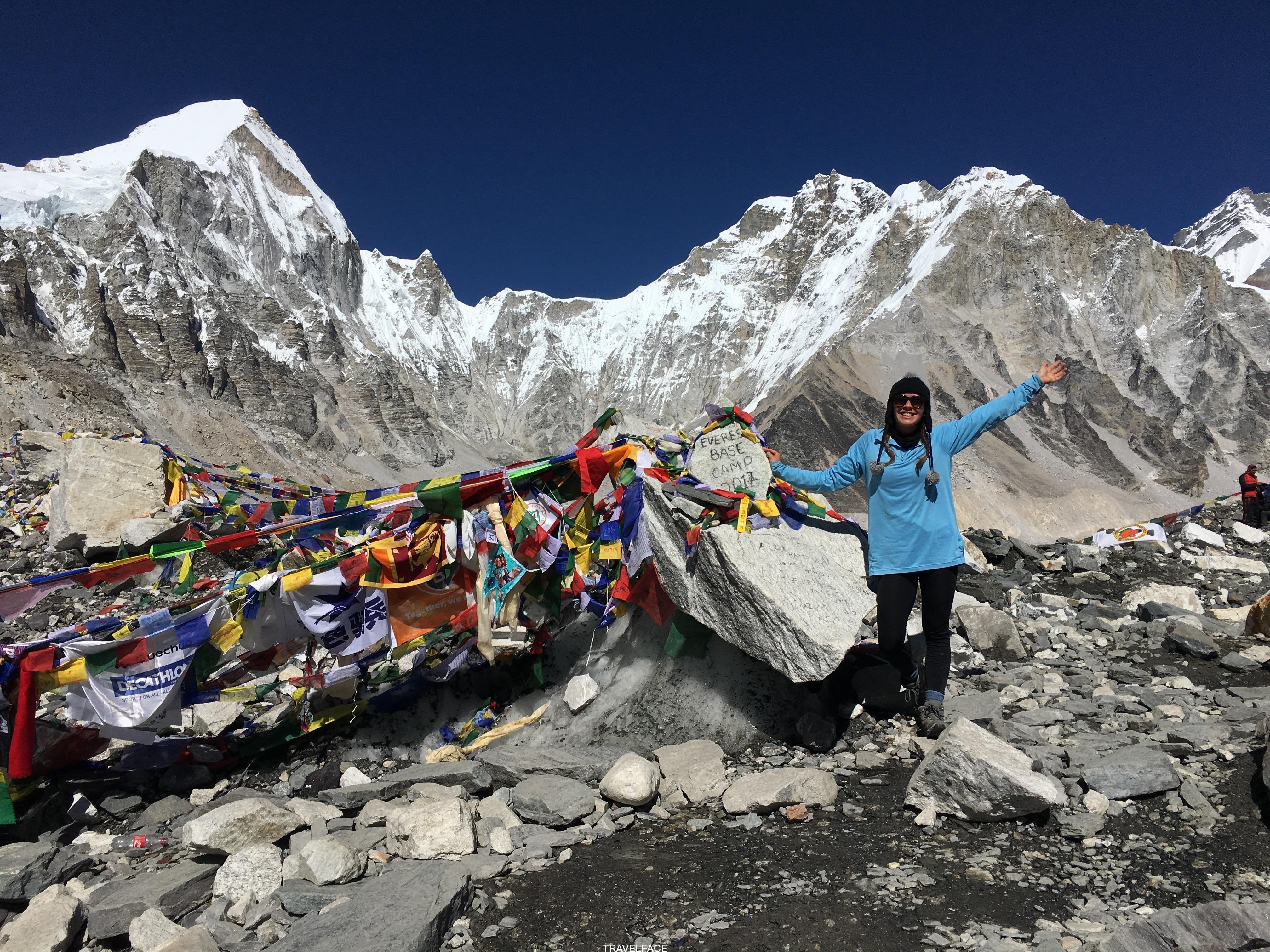
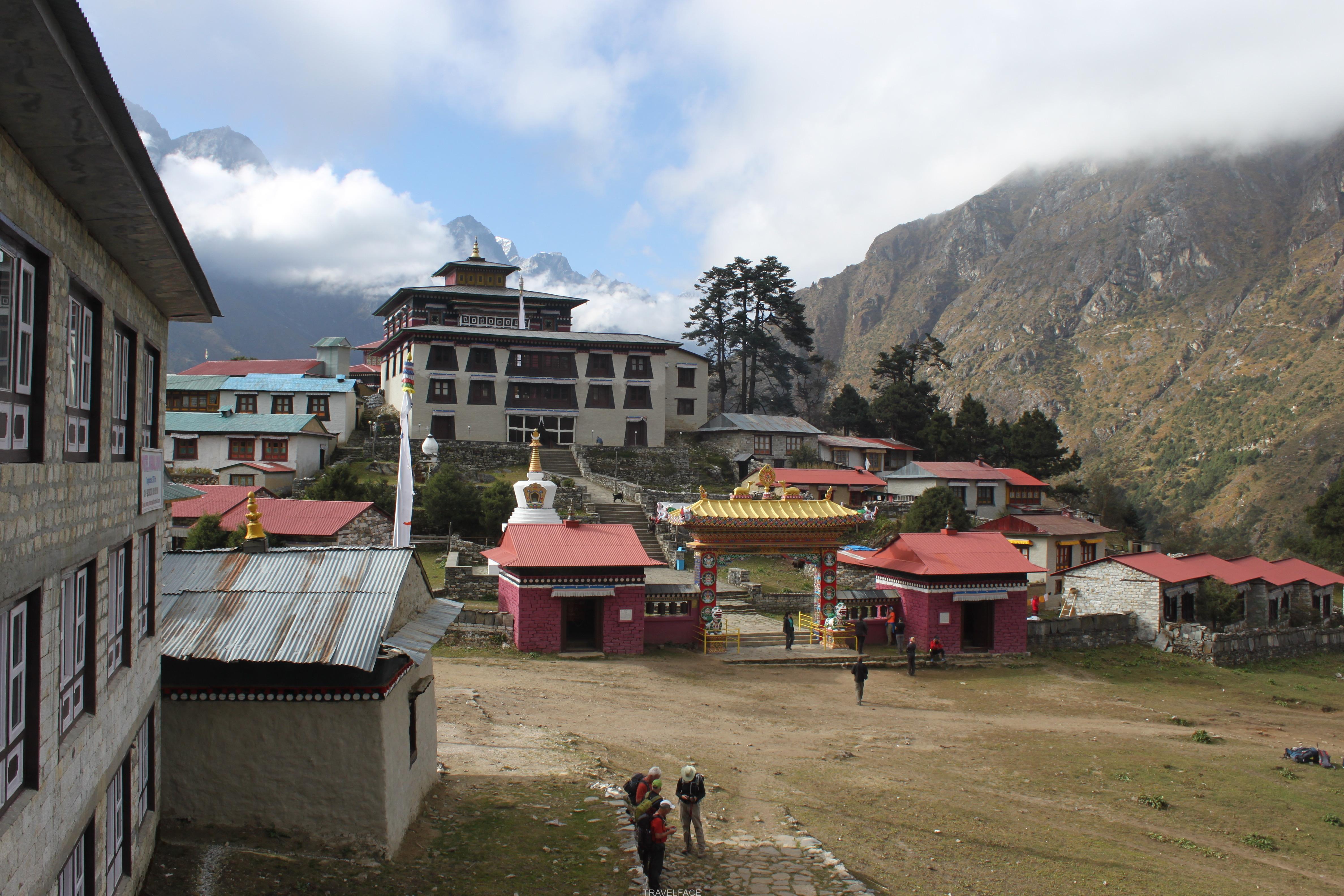
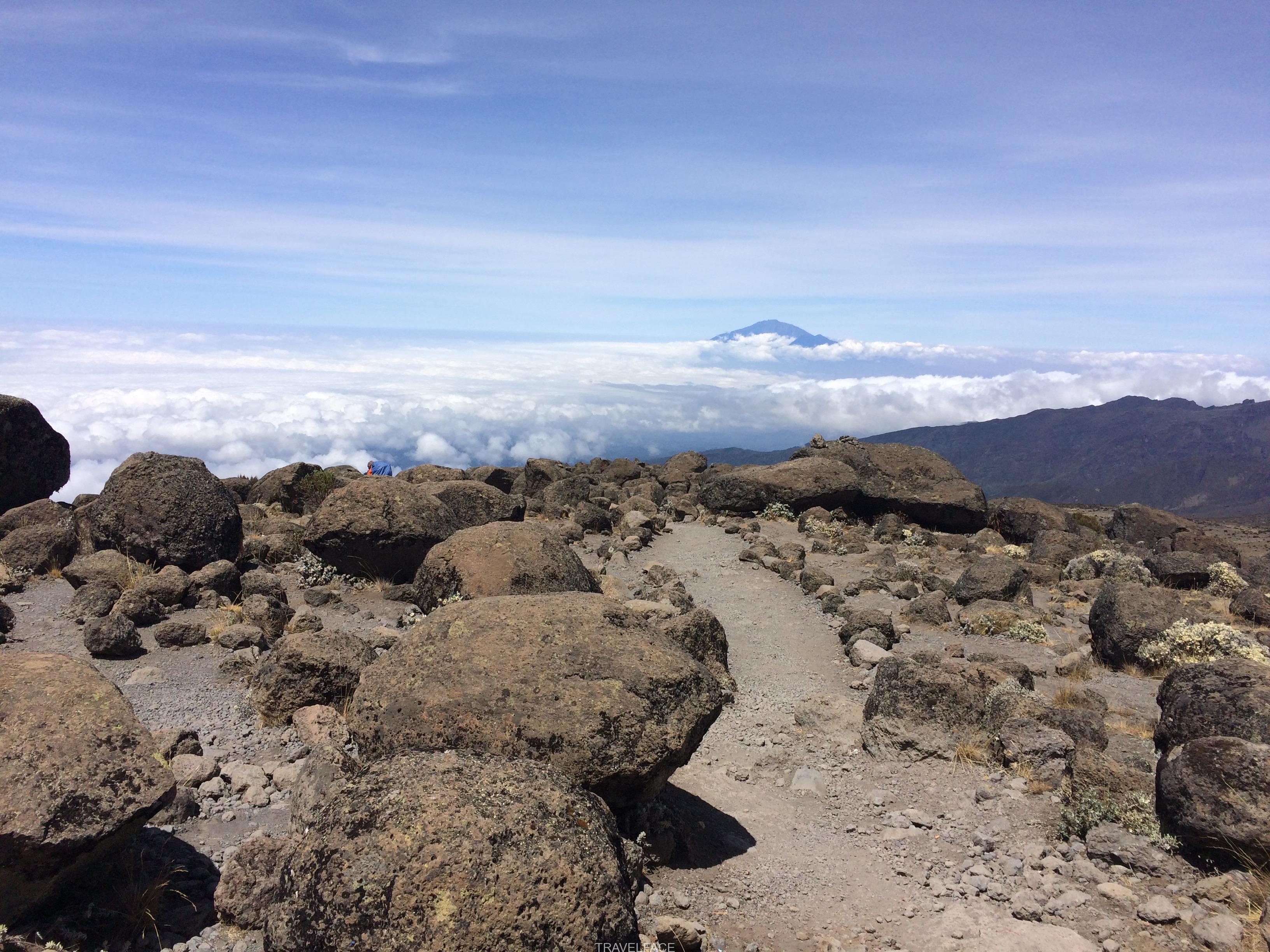
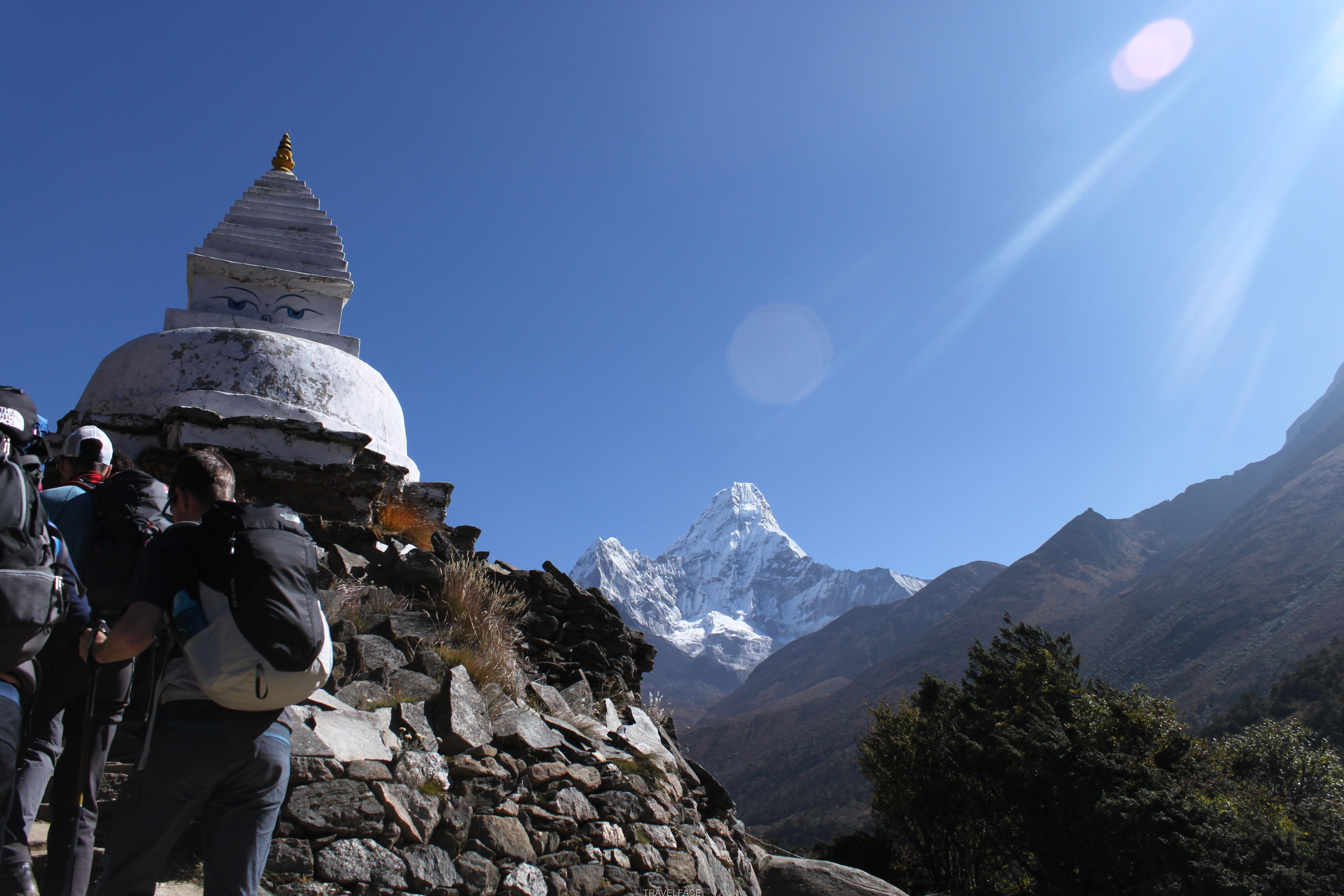
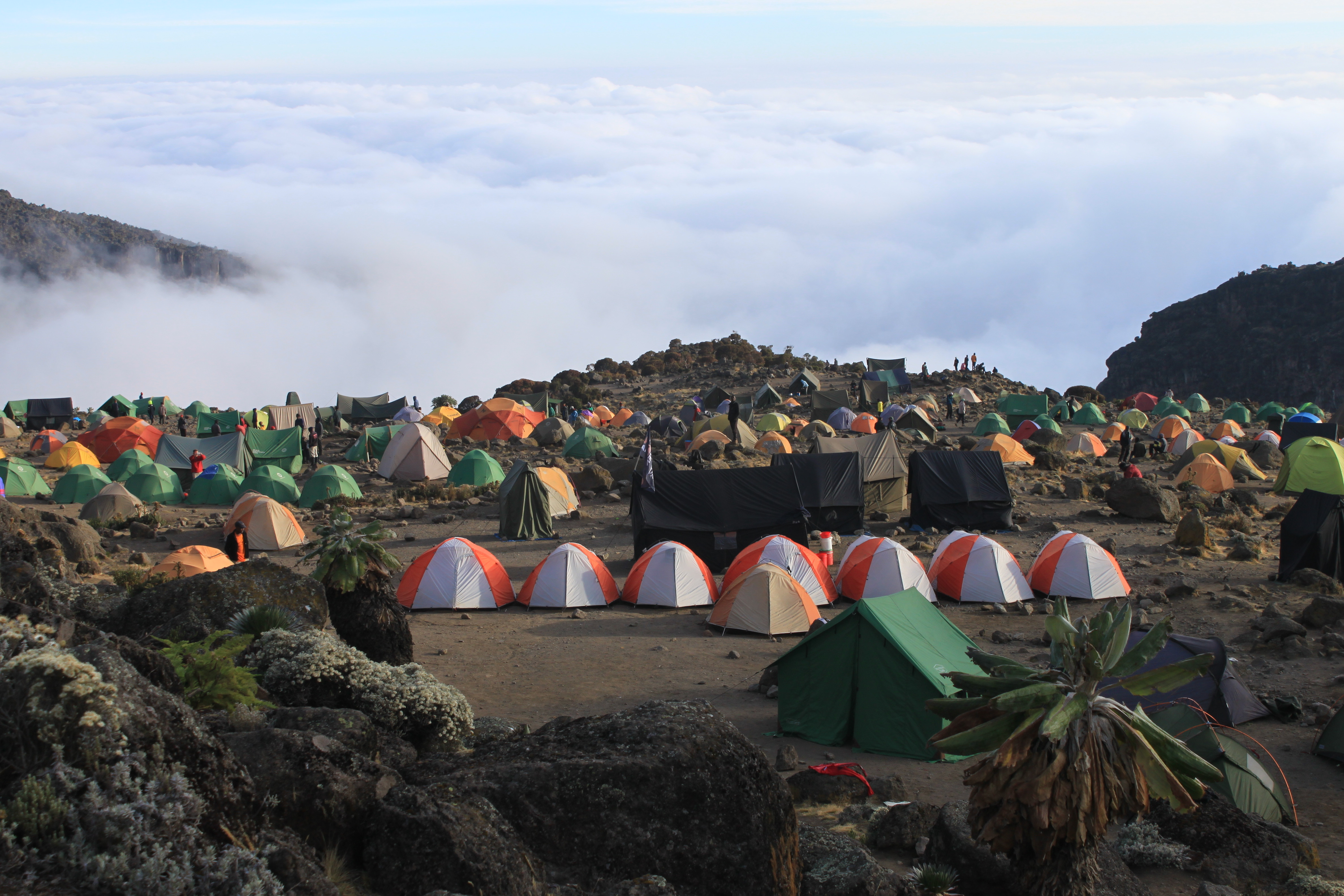
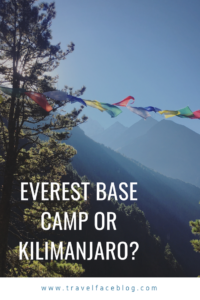
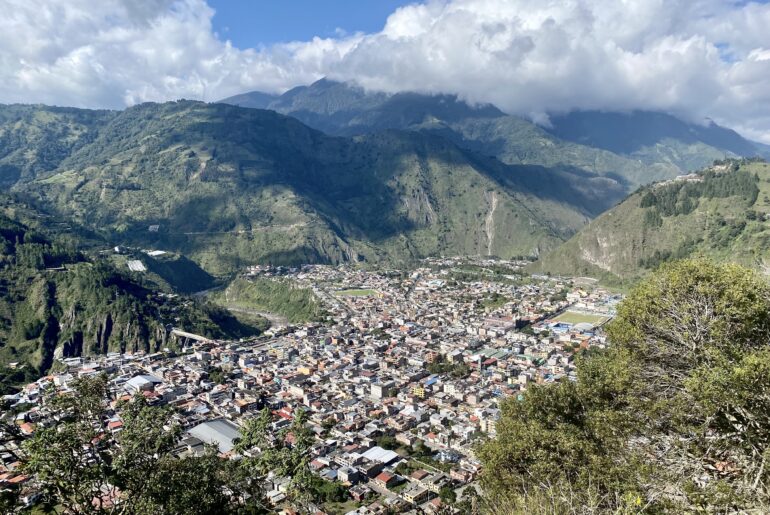
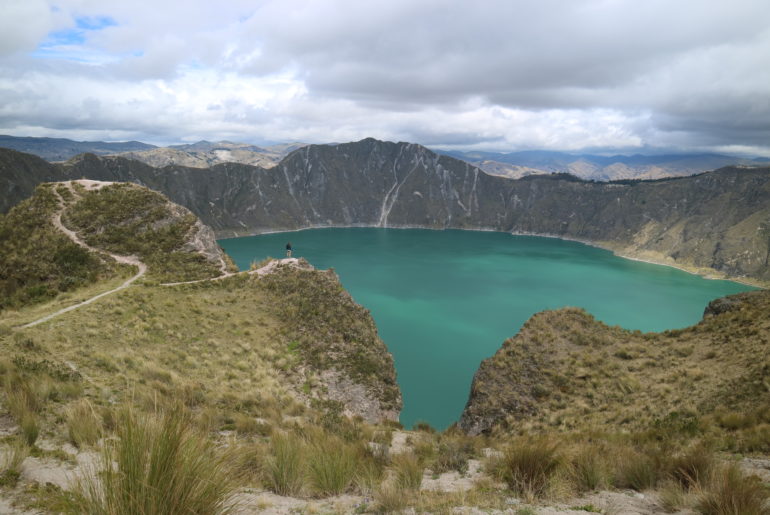
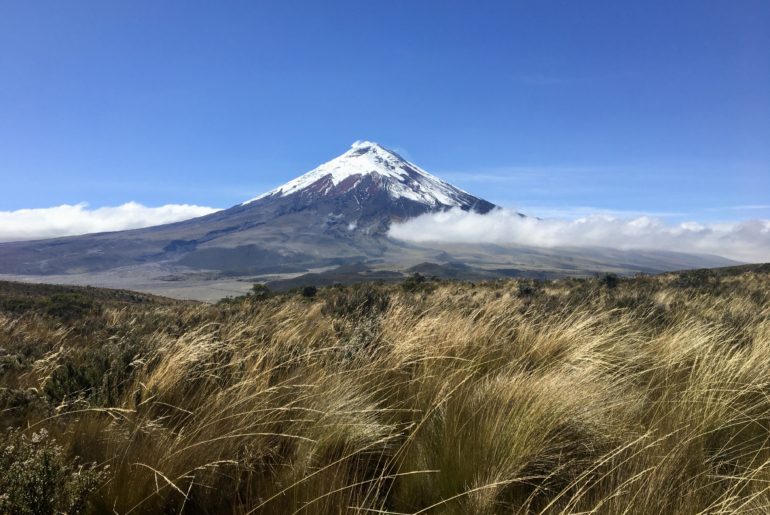
18 Comments
Love the post! I am not a big hiker though but love reading about others mountain adventures 😁
I lived in the mountains, love skiing and climbing but always had a hate-love relationship with hiking. Not that i can’t make it- when I have a goal I ll run up a mountain –
like wanting to see the Tre chimne in the Dolomites or rescuing an elephant on a rocky slope at 35 degrees in Africa but hiking? 😂😂🙈
I can’t explain it ….
Thank you for your comment!! Haha I am pleased, so interesting right- I have a few friends like that, we wonder whether its the slower pace?! I certainly need to work on my skiing, and hoping to get more into climbing. I think you have a pretty adventurous time even if hiking isn’t on the agenda!
Both look like super-cool things to do although I would need to get super-fit first!
Yes definitely!! Do not worry you do not need to be super fit but hiking is the best preparation 🙂
Love the idea of this post! And agree entirely that the the Himalayas leave that lasting impression that make you want to return.
Thank you so much for your comment glad you liked the post. Its interesting how many people feel the same as us… such a magical area.
I did EBC in August this year. Gosh it was so challenging. Kilimanjaro sounds even harder! Boy oh boy big props to you for doing both. Maybe one day I’ll muster up the courage to do Kilimanjaro too.
Ah amazing! Agreed, but you will be fine climbing Kilimanjaro! In some ways it is scarier knowing the impact of altitude but it also means you are more prepared and as result may find it easier 🙂
Great idea to compare the two. Kilimanjaro has been on my wishlist for years, but EBC has never appealed for some reason. But maybe I should consider EBC as practice so I have more chance of summiting Kilimanjaro!
So interesting, I also was more drawn to Kilimanjaro initially but after doing both have to say I would return to Nepal in a heartbeat. Either way you will have an incredible experience.
We aren’t big hikers, but these base camp treks looks incredibly! Definitely something that might find its way onto the bucket list!
Yes add it on! It is an incredible hike and accessible for many thanks to it being non-technical!
Loved reading this. I have done both….Kilimanjaro in 2008 and EBC in 2010. I agree that they are equally wonderful and a totally different experience. I trained for a year, mostly workouts and hiking. I am planning to walk the Camino de Santiago this September at age 69… hoping it’s as great a memory as Kili and EBC have been.
thank you got your comment Brenda, I am so pleased you enjoyed the post . Wow good job on the training front, I wish you a buen camino, it is an amazing experience, completely unique and one I am sure you will enjoy. I have some posts about it if you would like to read more, and if you have any questions feel free to get in touch.
Hello! Really amazing your post since I already hike EBC and I’m ready to Hike Kilimanjaro. I would like if possible to recieve recommendations for your company out there in Tanzania.
Thanks!
Hello Martin, thank you for your comment. I am excited for you. So there us more information on my FAQS for hiking Kilimanjaro. I went with Seregenti Pride safaris and they were fantastic, also being part of the fair-trade for porters association. Their prices have gone up since I did it but they are worth checking out. Good luck , let me know if you have any other questions!
Pingback: KILIMANJARO: SOME QUESTIONS ANSWERED - travelface
Pingback: ALTITUDE SICKNESS: THE DIAMOX QUESTION - travelface